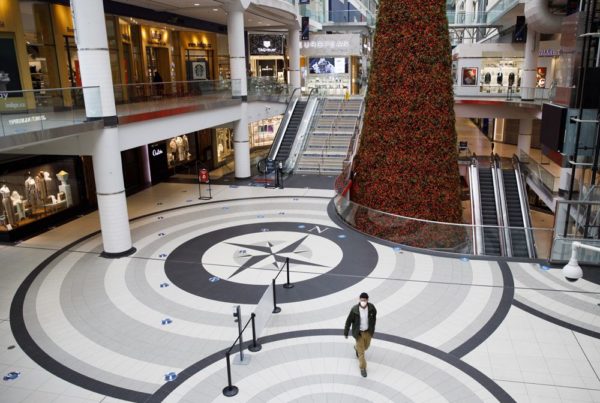Article content continued
But rather than going back to dividing spaces, they “bleed into” each other, he added.
“The end result is that you bring out the creativity and innovation from each employee, because you are giving them a comfortable experience where they can start thinking outside the box,” he said.
Chris Congdon, global director of global research at Steelcase Inc., an office equipment manufacturer in Grand Rapids, Mich., agrees that offices are shifting to more agile work environments.

“The workplace is like a really great community,” she said. “It has to have a range of diverse spaces to meet the different needs of people at different times.”
Congdon said some businesses may have gone to extreme efforts to create a trendy workplace in their desire to attract employees.
“Adding playground or boutique hotel elements was a super hot trend. I’ve even seen a jungle gym in an office,” she said. “But these elements were generating lukewarm results, so now that idea is getting moderated.”
Enabling collaboration is still a top priority, Congdon said, but office spaces are now achieving that by incorporating flexible elements that can be reconfigured based on the activity workers are doing.
For example, movable white boards, wall panels and work surfaces are replacing solid walls and enclosed conference rooms. Some businesses have even taken to styling their movable walls after garage doors.
Bare brick walls are being enhanced by natural elements, with popular accents including stone, wood, and greenery. More creative environments are looking at waterfalls or reflective pools.
Such spaces also support a lot more physical activity. Rather than having to sit down for the duration of a session, employees can sit, perch on stools, stand or walk around while working.
Sofas, of course, are still part of the scene. However, they’re no longer “squishy,” but more upright and firmer to allow people to sit comfortably for an informal conversation or work on their laptops, Congdon said.
“The workplace is still warm and welcoming, but designed for work, not play,” she said. “Because at the end of the day, what people really want is to come to work to get things done.”
Financial Post
Source link





